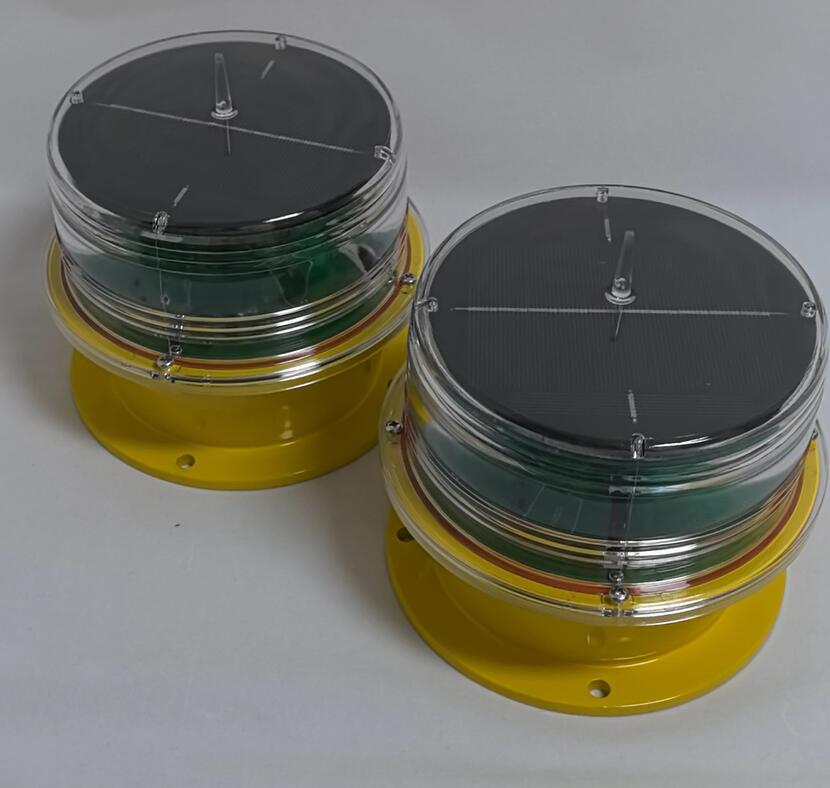Solar Marine Light: Revolutionizing Safety and Sustainability at Sea
The maritime industry is undergoing a transformative shift toward sustainable technologies, and solar marine lights are at the forefront of this change. These innovative lighting systems, powered by renewable solar energy, are redefining safety, efficiency, and environmental responsibility in marine environments. This article delves into the features, benefits, and applications of solar marine lights, highlighting their role in modern maritime operations.
1. The Role of Lighting in Marine Safety
Lighting is a cornerstone of maritime safety, ensuring that vessels can navigate safely through waterways, avoid hazards, and operate efficiently in low-visibility conditions. Traditional marine lights often rely on grid electricity or batteries, which can be expensive, unreliable, and environmentally taxing. Solar marine lights offer a sustainable alternative, harnessing the power of the sun to provide consistent and eco-friendly illumination.
2. How Solar Marine Lights Function
Solar marine lights operate by converting sunlight into electrical energy through photovoltaic (PV) panels. This energy is stored in high-capacity batteries, which power the lights during nighttime or adverse weather conditions. Key components include:
Solar Panels: Designed to capture sunlight efficiently, even in overcast or low-light conditions.

Battery Storage: Rechargeable batteries ensure a steady power supply, enabling the lights to function autonomously.
LED Technology: Energy-efficient LEDs provide bright, long-lasting illumination with minimal energy consumption.
Control Systems: Advanced controllers manage energy flow, optimize battery performance, and regulate light intensity.
3. Advantages of Solar Marine Lights
Solar marine lights offer numerous benefits over traditional lighting systems, making them an attractive choice for maritime applications:
Sustainability: By utilizing renewable solar energy, these lights reduce reliance on fossil fuels and lower carbon emissions.
| solar marine light |
| solar marine lights |
Cost Savings: Solar marine lights eliminate the need for external power sources, reducing operational and maintenance costs.
Durability: Built to withstand harsh marine conditions, including saltwater corrosion, UV exposure, and extreme weather.
Autonomy: With self-sustaining energy systems, solar marine lights can operate in remote or off-grid locations without requiring frequent maintenance.
Eco-Friendliness: Solar marine lights produce no emissions or waste, aligning with global efforts to protect marine ecosystems.
4. Applications of Solar Marine Lights
Solar marine lights are versatile and can be used in a wide range of maritime settings, including:
Navigation Aids: Marking channels, harbors, and shipping lanes to guide vessels safely.
Hazard Marking: Identifying underwater obstacles, shallow areas, or wrecks to prevent accidents.
Offshore Installations: Providing lighting for oil rigs, wind farms, and other offshore structures.
Fishing and Aquaculture: Illuminating fishing zones or aquaculture farms to enhance safety and productivity.
Environmental Monitoring: Equipping buoys with solar marine lights and sensors to collect data on water quality, weather, or marine life.
5. Overcoming Challenges
While solar marine lights offer significant advantages, they are not without challenges. These include:
Energy Storage Limitations: In regions with limited sunlight, energy storage capacity may be insufficient. This can be addressed by using hybrid systems that combine solar and wind energy or by incorporating high-capacity batteries.
Harsh Environmental Conditions: Marine environments are demanding, with saltwater, UV exposure, and mechanical stress posing risks. Using corrosion-resistant materials and robust designs can enhance durability.
Initial Investment: The upfront cost of solar marine lights can be higher than traditional systems. However, the long-term savings in operational and maintenance costs often outweigh the initial expense.
6. Innovations in Solar Marine Light Technology
Recent advancements have further improved the performance and reliability of solar marine lights. These include:
Smart Lighting Systems: Integration with IoT (Internet of Things) technology enables remote monitoring, real-time adjustments, and predictive maintenance.
Enhanced Efficiency: Improvements in solar panel efficiency and LED technology have increased the overall performance of these systems.
Modular Designs: Modular components simplify installation, repair, and upgrades, reducing downtime and costs.
7. Environmental and Economic Impact
The adoption of solar marine lights aligns with global sustainability goals, reducing the maritime industry's carbon footprint and promoting environmental stewardship. Additionally, the cost savings and operational efficiencies they provide contribute to the economic viability of maritime operations.
8. Future Prospects
As technology continues to evolve, solar marine lights are expected to become even more efficient, durable, and versatile. Innovations such as floating solar panels, advanced energy storage solutions, and AI-driven control systems will further enhance their capabilities, making them an indispensable tool for the maritime industry.
Solar marine lights are revolutionizing maritime safety and sustainability, offering a reliable, cost-effective, and eco-friendly alternative to traditional lighting systems. By harnessing the power of the sun, these lights not only enhance navigation and safety but also contribute to the preservation of marine ecosystems. As the maritime industry continues to embrace renewable energy solutions, solar marine lights will play a pivotal role in shaping a brighter, greener future for global waterways.
